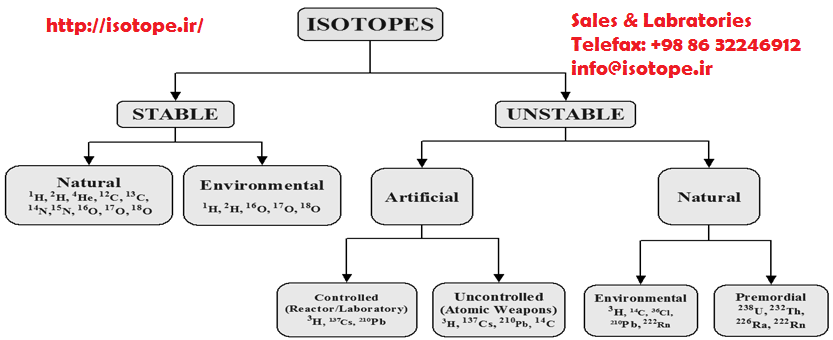The first study in human subjects to directly compare measured liver vitamin A content with the predictions of isotope dilution was performed in the laboratory of Prof James Olson at Iowa State University.
In the well nourished individual, some 80 to 90% of total body vitamin A is in the liver, so the usual validation of isotope dilution estimates is by comparison with the vitamin A content of the liver.
Ideally, the mass of tracer should be very low, so that it does not perturb vitamin A metabolism.
For assessment of vitamin A status, a dose of vitamin A labelled with a stable isotope is administered after a baseline blood sample has been collected. A period of equilibration of the dose with the vitamin A body pool is necessary before the follow-up blood sample is taken for analysis by mass spectrometry. From the dilution of the precisely measured dose of isotope labelled vitamin A, it is possible to calculate the total quantity of exchangeable vitamin A in the body. This is the most sensitive way to non-invasively estimate vitamin A status over the whole range, from deficient to normal to excessive

References:
1. Harold C. Furr, Isotope Diluti on Assessment of Vitamin A Status, James A Olson Memorial Lecture -CARIG Workshop at Experimental Biology 2011
2. IAEA Bulletin 55-1-March 2014, a small part can reveal the whole: How isotope technique help nutrition









